This article explores the fascinating realm of Ancient Egyptian zodiacs, revealing how astrology influenced religion, agriculture, and daily life. It traces the system’s origins to the 2nd millennium BCE and the Ptolemaic era, when zodiac signs were associated with gods. The Egyptian calendar, based on the Nile’s cycles and decans (10-day star periods), played a vital role in timekeeping and prediction. Key celestial bodies like Sirius had deep symbolic meaning. The article details all 12 zodiac signs, their linked deities, and character traits, while also examining astrological tools, the Dendera Zodiac, and recent archaeological findings in Luxor. The Egyptian zodiac showcases a brilliant fusion of astronomy, mythology, and destiny.
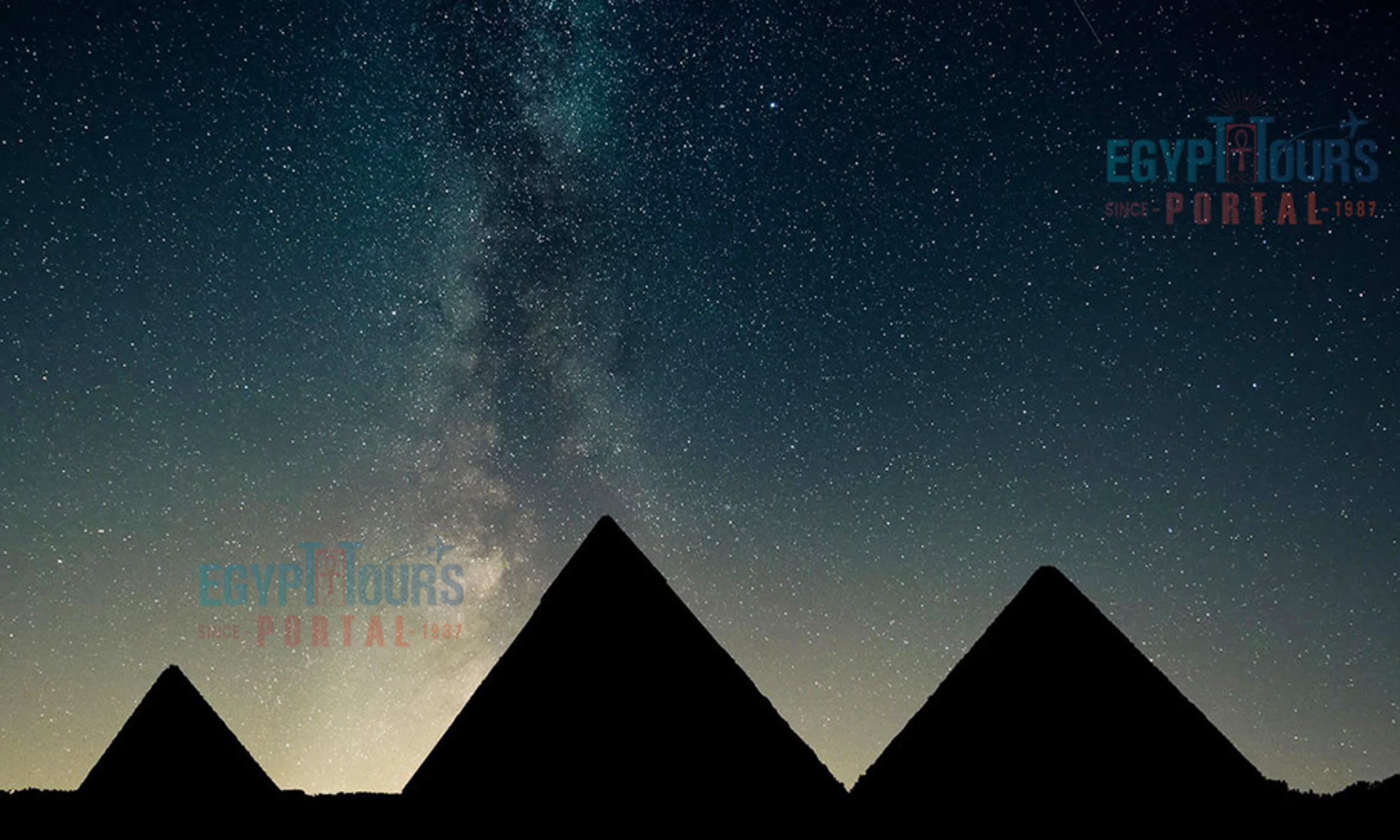
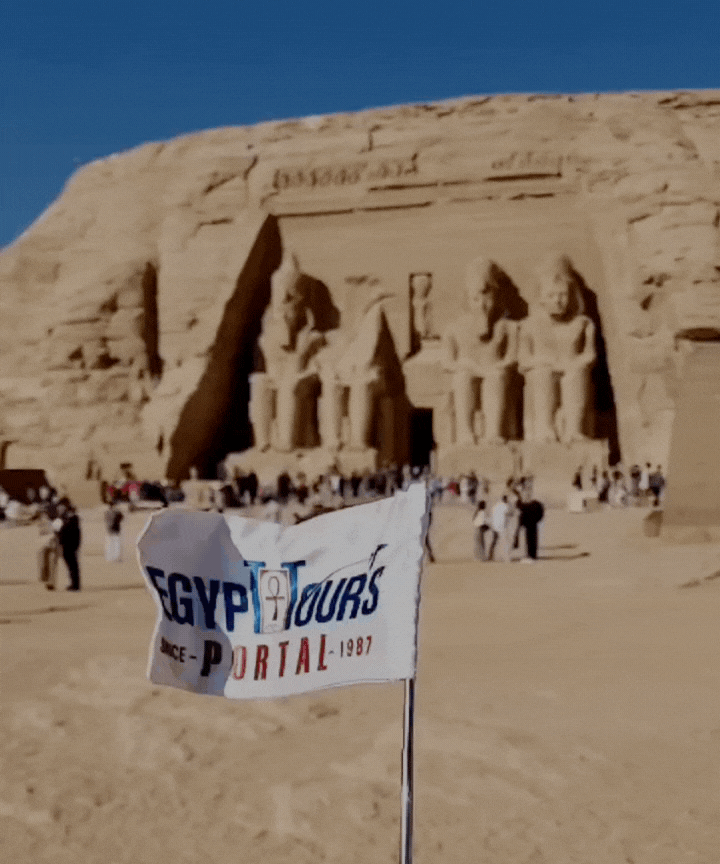
Ancient Egyptian Zodiacs were the products of a series of magnificent observations by a group of individuals who wished to capture the stars with their own hands and uncover the meaning behind these celestial creations that took the shape of familiar bodies that they could recognize in various aspects of their daily life.
The ancient Egyptians cultivated the field of astrology and studied the skies above them by calculating the movements and positions of the solar system with all its stars and planets in the hopes of predicting future events that could affect their surroundings and even their fate.
The symbolism of the Astrological system was seen as the foundation for ancient Egyptian religion, ancient Egyptian mythology, their overall culture, plus their daily common life. The Egyptian Zodiacs, much like the Western zodiacs which were seen to foreshadow personality traits, destiny, and compatibility as they were seen as gates to the foresight and power of the ancient Egyptian deities.
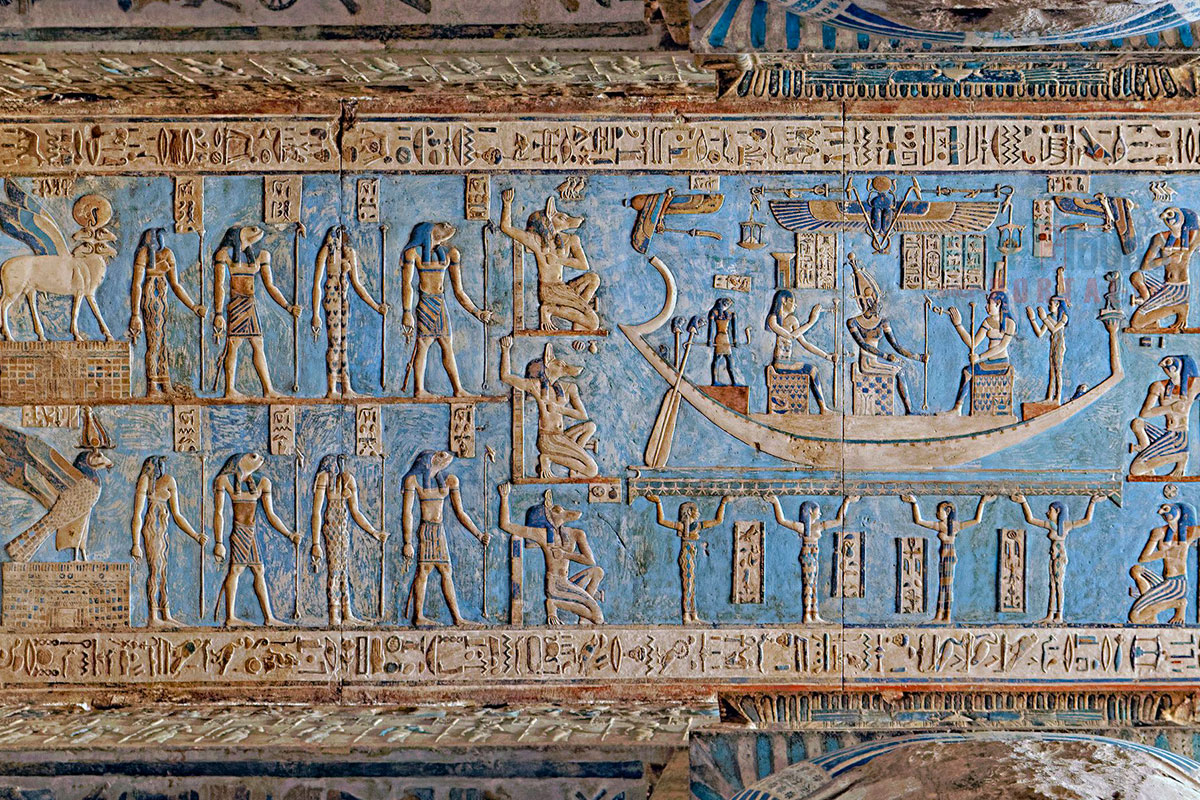
The origin of the ancient Egyptian zodiac dates to the 2nd millennium BCE and can be found in some other ancient civilizations like Chinese, Maya, Hindu, Greek, Roman, Arab Culture, and more. The Ptolemaic dynasty (305 – 30 BC) borrowed the Greek zodiac designation system, which assigned the zodiac sign of an ancient Egyptian god.
The Ancient Egyptians developed astrology to seek knowledge and unlock the hidden secrets of the skies, which had a deep effect on every aspect of their lives and livelihood. The Egyptians believed that the position of the stars and planets at the time of a person's birth could influence their personality, behaviors, and destiny. The Egyptian Zodiac was closely tied to the cycles of the Nile River and the agricultural seasons, which in turn would enable the prediction of floods and famines.

The ancient Egyptian calendar is very close to our current Gregorian calendar, which is based on the essence of a solar calendar. The ancient Egyptians divided their calendar based on their astronomical observations as follows: The year had 356 days, which was divided into three seasons, and each season had 120 days. One week was made of ten days, three weeks were one month, and each season had four months, and of course, each month is made of 30 days. The ancient Egyptians added five days at the end of the year to mark the birth of the ancient gods and goddesses.
Each of these months was comprised of three segments, each spanning ten days, known as decades or decans. While the individual months had distinct names, they were identified by the Egyptian festivals they marked. The final two days of each decade held a holiday status, during which the Egyptians abstained from work.
A month on the Egyptian solar calendar is known to have spanned 30 days. However, since this count fell short of the actual year's total days, an extra month was introduced outside the regular calendar cycle.
The added month spanned five days, serving to reconcile the Egyptian solar calendar with the solar year. This adjustment resulted in a discrepancy of approximately one-fourth of a day annually. The five intercalary days were set aside for celebrating the birthdays of deities, during which the Egyptians refrained from labor.
Explore all the facts relating to the calendar of the ancient Egyptians
Read More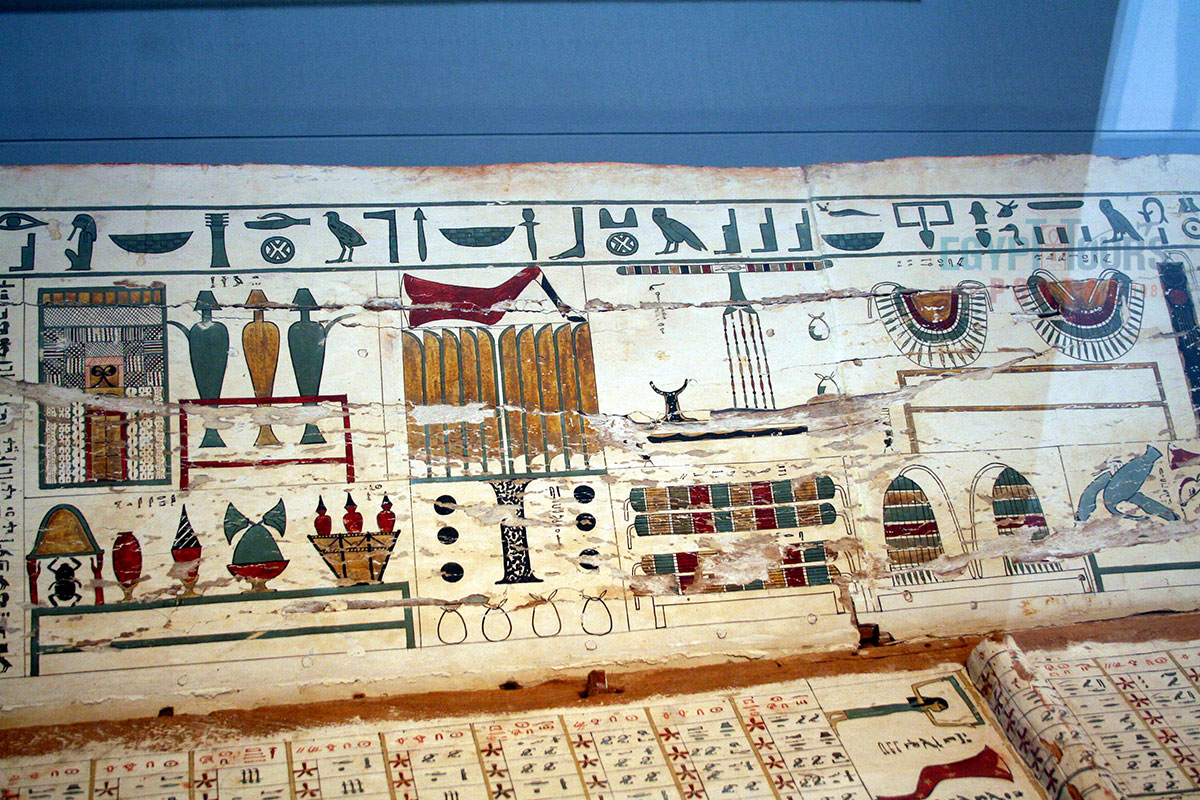
Decans in ancient Egyptian astronomy were star groups used for nighttime timekeeping. Their rising marked a new sidereal day. There were 36 decans, each spanning ten days, amounting to a 360-day year. Although decan names are known, their locations and relation to modern constellations are uncertain. A sidereal day is the time for Earth's rotation relative to stars, about four minutes shorter than a solar day.
The Canopus Decree by Ptolemy III introduced a sixth epagomenal day every four years to correct this difference. However, due to resistance from priests and the public, this change was abandoned until Augustus established the Coptic calendar in 25 BC.
Dates were made by common people who followed a specific format: the month's number within the season, the season's name, the day's number within the month, the year, and the ruler's name. A new ruler's ascension would reset the year count. Sometimes, the count started from the ruler's first full year but covered earlier times with a distinction.
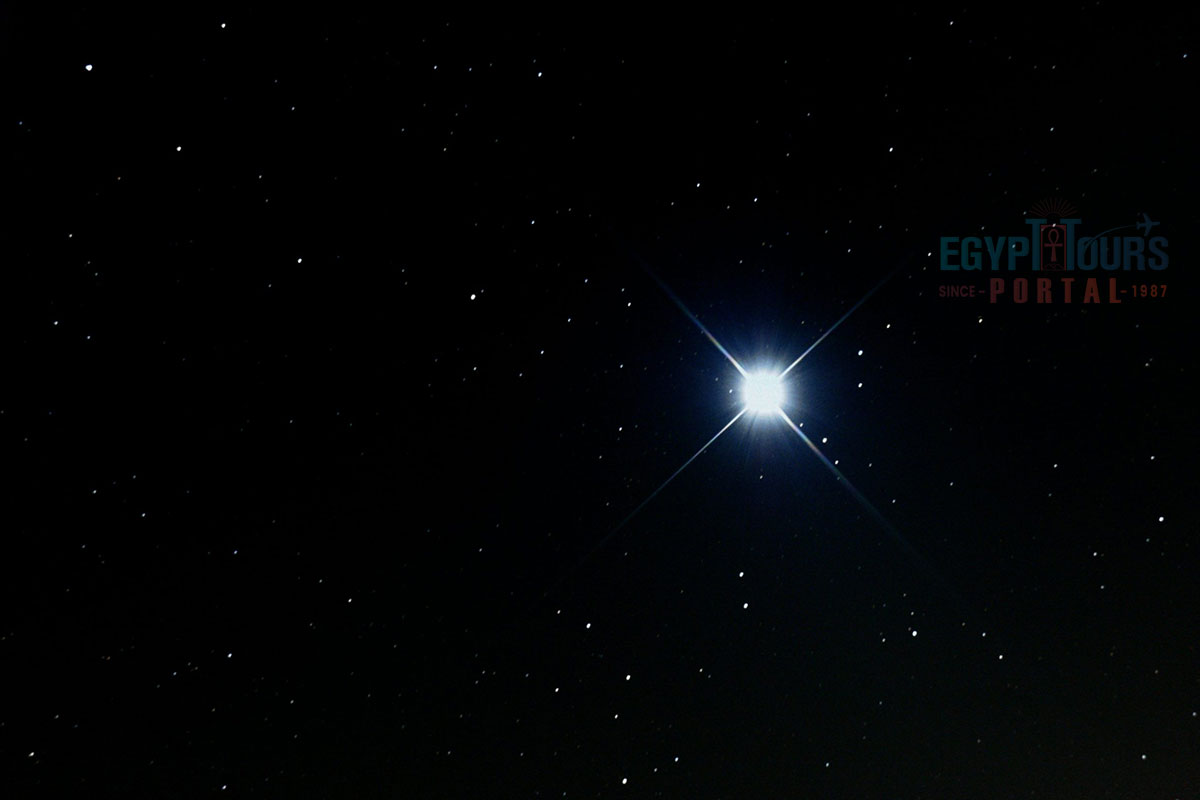
Sirius is a heavenly star aside from its brightness; it held significance for ancient Egyptians due to its role beyond being the brightest star when it came to religion and navigation. It was believed to embody the power behind the sun, sustaining both the physical and spiritual aspects of life. This star was linked to Isis, an integral figure in Egyptian mythology's trinity and the mother goddess of the earth. Moreover, the alignment of the Great Pyramid of Giza was said to relate to Sirius.
Accuracy was crucial between the solar calendar year and the actual one to ensure the correct heliacal rising of Sirius, briefly seen on the horizon before sunrise. This event was linked to Egyptian religion. Sirius held immense importance, being fundamental to their beliefs.
In pre-astrology times, the solar calendar dominated, with significant days and years aligned to stellar events. For instance, the heliacal rising of Sirius marked the start of the Nile's annual flood in Cairo. Astrology's introduction shifted focus, associating the rise of decans and other stellar events with disease onsets and timing for remedies.
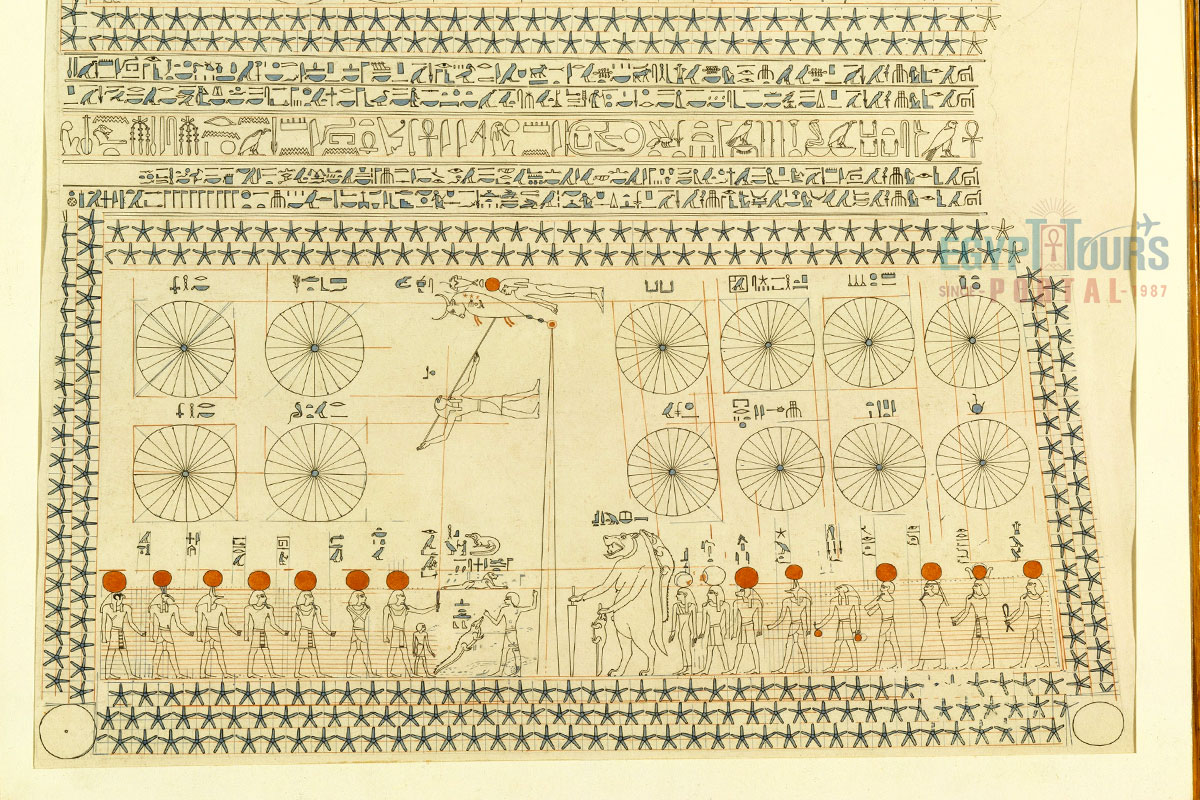
The Egyptian Zodiac was entirely calculated on the concept of heliacal rising, or the first sighting of some specific constellations and stars at a certain time on the eastern horizon before sunrise. The timing of the risings was observed and recorded by brilliant ancient Egyptian astronomers.
The ancient Egyptians were one of the first civilizations on earth to make an elaborate system using the astronomical creations to monitor and calculate time, known as clocks. The ancient Egyptians divided the day into temporal hours which each of which had an entirely different length throughout the full year that depending on the season, as the summer hour was way longer than the winter hour, which depended entirely on daylight.
The day was established by a 24-hour day, and the early ancient Egyptians created several highly sophisticated tools to measure time, such as sundials, hourglasses, and stars at night, later improved with water and shadow clocks for accuracy.

The ancient Egyptian zodiac was made of 12 signs, which were assigned to certain days of the month based on the position of the sun and the rising of constellations and stars. The ancient Egyptians believed the deities would come to life and manifest at certain times, and they named their zodiac signs for their goddess and gods.
The ancient Egyptians created their astrology, which is based entirely on a small group of stars known as Asterisms, which rose regularly and consecutively on the horizon because of the Earth’s rotation. The twelve astronomical signs include the following:
The initial sign in the Egyptian Zodiac is the heavenly Nile. To the ancient Egyptians, the River Nile wasn't merely a waterway; it epitomized Egypt's vitality and was vital for sustenance. It symbolized abundance and prosperity. Those born under the Nile sign are characterized by logic, tranquility, and pragmatism. The Nile aligns with the attributes of Capricorn, who are considered highly observant, passionate, and intelligent.
Amon-Ra is the ruler of deities, the god and the gods, which represents the second Egyptian Zodiac sign. As the god of protection and creativity, Amon-Ra bestowed the power to generate from nothingness. Those under the Amon-Ra sign exhibit generosity, achievement, confidence, optimism, and helpfulness. This sign resonates with the traits of Taurus.
Mut is the mother goddess and stands as the third Egyptian Zodiac symbol. She embodies maternity, divine protection, and creation, often associated with water. Those born under Mut's influence possess practicality and nurturing inclinations. Mut aligns with the characteristics of Scorpios, who are loyal, focused, sensitive, and generous.
Geb is the earth god, the fourth Egyptian Zodiac sign. Linked to earthquakes which were made by his laughter and the afterlife, Geb was an integral figure in the Egyptian pantheon. Those with Geb as their sign exhibit pride, sensitivity, and humility. Geb's attributes resonate with Aquarius.
Osiris is the ruler of the deceased, symbolizing revival, fertility, and resurrection. Those born under Osiris' influence manifest qualities of strength, innovation, and generosity. This sign corresponds with Aries, who are known for being strong leaders, vulnerable, intelligent, and independent.
Isis is the goddess of nature and protector of various groups, and is associated with the sixth Egyptian Zodiac sign. Individuals influenced by Isis exhibit a drive for love and motivation. Piscean traits align with this sign, which are known for their honesty, healing touch, romance, and beauty.
Thoth is the god of knowledge, is the seventh Egyptian Zodiac sign. He introduced writing and recorded universal wisdom. People born under Thoth's influence are compassionate, wise, romantic, energetic, and brave. This sign aligns with the attributes of Virgo.
Horus is the king of earthly gods, unifies Egypt, and safeguards the pharaoh. Those influenced by Horus display charisma, optimism, and adeptness at inspiring others. This sign resonates with Libran characteristics.
Anubis is the guardian of the underworld, represents the ninth Egyptian Zodiac sign. Guiding lost souls and judging hearts, Anubis personifies passion and creativity. Leo's traits align with this sign.
Seth is the god of violence and chaos, the tenth Egyptian Zodiac sign. Change-driven and communicative, individuals under Seth's influence are comfortable in the limelight. Geminian attributes are associated with this sign.
Bastet is the feline cat goddess, symbolizing pleasure, house protection, balance, and fertility. Those under Bastet's influence seek equilibrium and serenity. This sign corresponds with Cancer, who are very charming, sensitive, affectionate, and devoted partners.
Sekhmet, the war goddess, embodies justice and healing. Those influenced by Sekhmet possess a strong sense of fairness and justice. This sign aligns with the characteristics of Sagittarius, who are very disciplined and are true perfectionists.
Discover all the power of the gods and goddesses of the ancient Egyptian civilization
Read More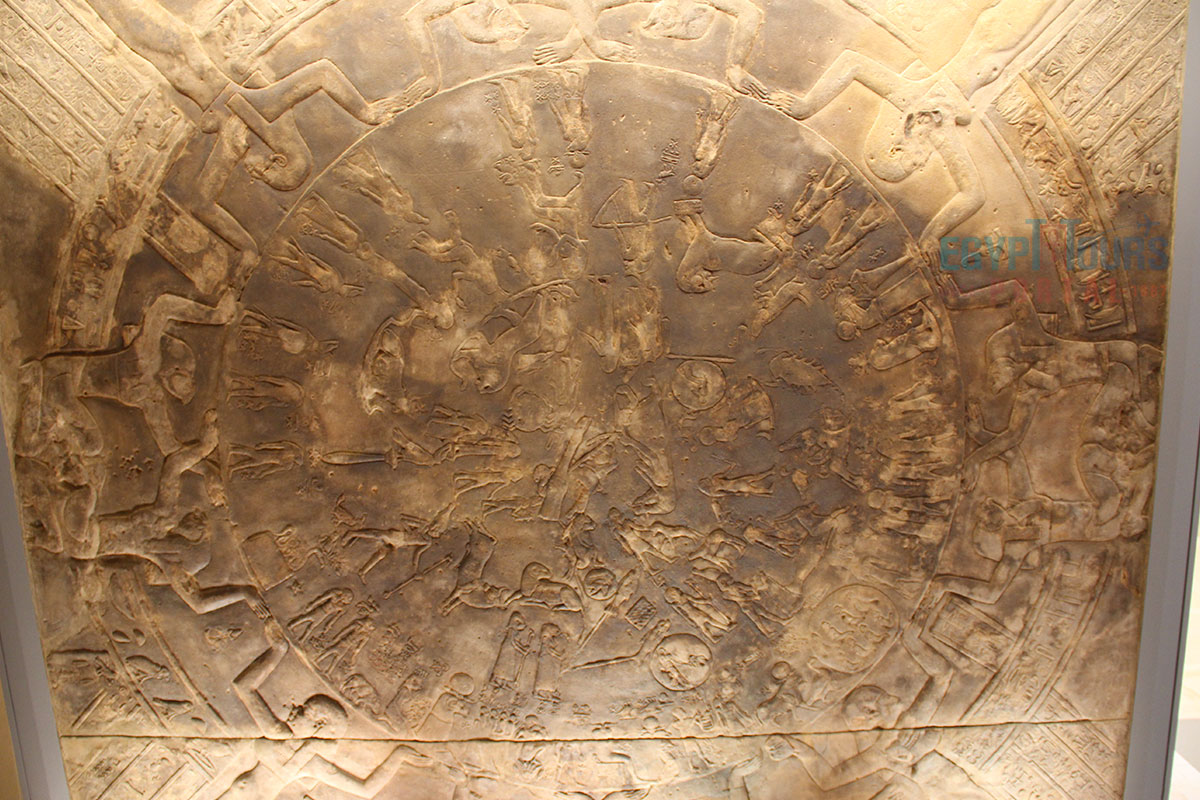
The Dendera Zodiac is a marvelous Egyptian bas-relief found on a plane projection on the ceiling of a chapel dedicated to the rulers of the underworld, Osiris, in the Hathor temple at Dendera Temple Complex, which is the only complete map of the ancient sky of Egypt. It displays the 12 constellations of the zodiacal band that form 36 decans lasting ten days each, and including representations of the celestial planets.
The decans are made of first-magnitude stars and were essential in the creation of the ancient Egyptian calendar, which relied on lunar cycles of approximately 30 days and the heliacal rising of the star “Sirius”. It features constellations representing the signs of the zodiac, such as Ram, Taurus, Scorpio, and Capricorn plus and is centered on the north pole star, with the Ursa Minor, which is depicted as a jackal. The relief dates back to the Greco-Roman period, and there was controversy over its age, with estimates ranging from ancient times to the fourth century AD.
The zodiac is a circular representation and is unique in Egyptian art. It has an inner disc depicting constellations in both Greco-Roman and Egyptian iconographic forms. The relief also includes depictions of 4 women and 4 pairs of falcon-headed figures holding up the sky disc. The outermost ring features 36 figures exhibiting asterisms used for tracking time and the Egyptian year in seasons, months, decans, “weeks”, days, and even hours.
During the Napoleonic campaign in Egypt, the zodiac was documented and brought to France. It has since been displayed at the Musée du Louvre. The dating controversy, known as the "Dendera Affair," involved various estimates from different scholars, including Joseph Fourier and Champollion. The most widely accepted dating places the zodiac around 50 BC, based on an examination of the planetary configuration and the identification of eclipses.
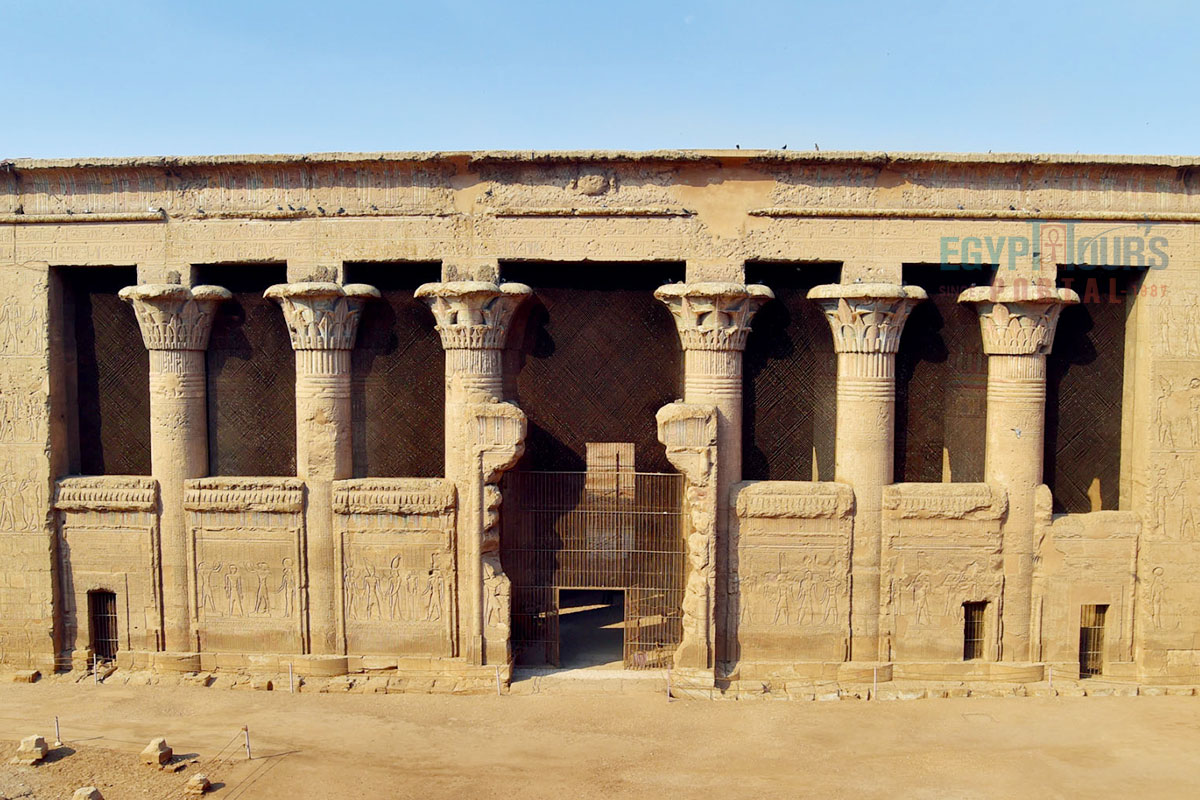
A full set of ancient Egyptian zodiac symbols has been uncovered in Luxor's Temple of Esna, buried beneath a layer of grime spanning 2,000 years. This rare find includes depictions of all 12 Egyptian star signs, from Aries to Pisces, confirming the temple's collection that was completed in 250 AD. The symbols were revealed through the collaborative efforts of the Egyptian Center of Documentation of Antiquities and the University of Tübingen, Germany, as they restored and documented the temple's original colors.
The hypostyle hall remains of the temple is truly magnificent as the vestibule is a 65-foot-wide, 121-foot-long, and 50-foot-high sandstone structure held up by 24 magical columns, of plus about 18 are highly decorative and intricate designs. These symbols represent astrological signs like Sagittarius and Scorpio, which were well-preserved due to the accumulated dirt. The archaeologists uncovered some representations of many planets like Mars, Jupiter, and Saturn.
Several images include a snake with a ram’s head, the tail of a snake, a bird with a crocodile’s head, and four wings. The temple of Ensa was constructed over 400 years, is known for its intricate designs like the Big Dipper, which was seen as the manifestation of an evil god, Set, who killed his brother Osiris, and shows a hippo goddess catching Seth to prevent him from reaching Osiris in the underworld. This discovery can provide insights into how ancient Egyptians interpreted celestial bodies and affected their mythology.
The Egyptian Zodiac offers a unique perspective on astrology, deeply rooted in the ancient Egyptian worldview and cultural practices. Its emphasis on the importance of celestial events in shaping human lives reflects the significance of the cosmos in ancient Egyptian thought. We offer exceptional Egypt tour packages that shed light on all the epic sites of Egypt with the luxury of a Nile river cruise and immersive cultural experiences, so everyone can enjoy the most complete travel experience.
Private 4 Days Cairo Tour Packages for Indian Travelers 4 days Cairo Egypt Tour pack...
Tour Location: Cairo – Giza...
5 Days Cairo and Alexandria Tour Package For Indian Travelers 5 days Cairo and Alexa...
Tour Location: Cairo/Giza/Alexandria...
6 Days Cairo, Luxor & Aswan Tour Package For Indian Travelers 6 days Cairo, Luxo...
Tour Location: Cairo/Giza/Aswan/Luxor...
Amazing 7 Days Cairo and Hurghada Holiday for Indian Travelers 7 Days Cairo & Hu...
Tour Location: Cairo – Giza – Hurgh...
The Egyptian Zodiac is based on the rising of specific stars and constellations, while the Western Zodiac is based on the position of the sun along the ecliptic.
Egyptian zodiac signs were determined by observing the heliacal rising of stars and constellations at specific times of the year.
The Egyptian Zodiac, much like the Western Zodiac, associates certain personality traits and characteristics with each sign. These characteristics are influenced by the symbolism of the associated deities and mythology.
There isn't as much emphasis on historical figures within the context of the Egyptian Zodiac as there is in the Western Zodiac.
While the Egyptian Zodiac has historical and cultural significance, it is not as commonly used for modern astrology and horoscopes as the Western Zodiac. However, some enthusiasts and researchers may incorporate it into their practices.
The entire country of Egypt deserve to be explored with its every heavenly detail but there are places that must be seen before any other such as the breathtaking Hurghada's red sea, The wonders of Cairo the pyramids of Giza, the great sphinx, the Egyptian Museum, Khan El Khalili Bazaar, the wonders of Luxor like Valley of the Kings, Karnak & Hatshepsut temple and the wonders of Aswan such as Abu Simbel temples, Philea temple, Unfinished obelisk and The Wonders of Alexandria like Qaitbat Citadel, Pompey's Pillar and Alexandria Library. Read more about the best places to visit in Egypt.
If you want to apply for a Visa On Arrival that lasts for 30 days then you should be one of the eligible countries, have a valid passport with at least 6 months remaining and pay 25$ USD in cash, as for the E-Visa for 30 day you should have a valid passport for at least 8 months, complete the online application, pay the e-visa fee then print the e-visa to later be presented to the airport border guard. You could also be one of the lucky ones who can obtain a free visa for 90 days. Read more about Egypt travel visa.
Egypt has a variety of delicious cuisines but we recommend “Ful & Ta’meya (Fava Beans and Falafel)”, Mulukhiya, “Koshary”, a traditional Egyptian pasta dish, and Kebab & Kofta, the Egyptian traditional meat dish.
The best time to travel to Egypt is during the winter from September to April as the climate becomes a little tropical accompanied by a magical atmosphere of warm weather with a winter breeze. You will be notified in the week of your trip if the Climate is unsafe and if any changes have been made.
You should pack everything you could ever need in a small bag so you could move easily between your destinations.
We have been creating the finest vacations for more than 20 years around the most majestic destinations in Egypt. Our staff consists of the best operators, guides and drivers who dedicate all of their time & effort to make you have the perfect vacation. All of our tours are customized by Travel, Financial & Time consultants to fit your every possible need during your vacation. It doesn't go without saying that your safety and comfort are our main priority and all of our resources will be directed to provide the finest atmosphere until you return home.
You will feel safe in Egypt as the current atmosphere of the country is quite peaceful after the government took powerful measures like restructuring the entire tourist police to include all the important and tourist attractions in Egypt. Read more about is it safe to travel to Egypt.
Wear whatever feels right and comfortable. It is advised to wear something light and comfortable footwear like a closed-toe shoe to sustain the terrain of Egypt. Put on sun block during your time in Egypt in the summer to protect yourself from the sun.
The best activity is by far boarding a Nile Cruise between Luxor and Aswan or Vise Versa. Witness the beauty of Egypt from a hot balloon or a plane and try all the delicious Egyptian cuisines and drinks plus shopping in old Cairo. Explore the allure and wonders of the red sea in the magical city resorts of Egypt like Hurghada and many more by diving and snorkeling in the marine life or Hurghada. Behold the mesmerizing western desert by a safari trip under the heavenly Egyptian skies.
There are a lot of public holidays in Egypt too many to count either religious or nation, the most important festivals are the holy month of Ramadan which ends with Eid Al Fitr, Christmas and new years eve. Read more about festivals & publich holidays in Egypt.
Egypt is considered to be one of the most liberal Islamic countries but it has become a little bit conservative in the last couple of decades so it is advised to avoid showing your chest, shoulders or legs below the knees.
Arabic is the official language and Most Egyptians, who live in the cities, speak or understand English or at least some English words or phrases. Fewer Egyptians can speak French, Italian, Spanish, and German. Professional tour guides, who work in the tourism sector, are equipped to handle visitors who cannot speak Arabic and they will speak enough English and other languages to fulfill the needs of all our clients.
The fastest way is a car, of course, a taxi. If you are in Cairo ride a white taxi to move faster or you could board the fastest way of transportation in Egypt metro if the roads are in rush hour.
The temperature in Egypt ranges from 37c to 14 c. Summer in Egypt is somehow hot but sometimes it becomes cold at night and winter is cool and mild. The average of low temperatures vary from 9.5 °C in the wintertime to 23 °C in the summertime and the average high temperatures vary from 17 °C in the wintertime to 32 °C in the summertime. The temperature is moderate all along the coasts.
It is the home of everything a traveler might be looking for from amazing historical sites dating to more than 4000 years to enchanting city resorts & beaches. You will live the vacation you deserve as Egypt has everything you could possibly imagine.









